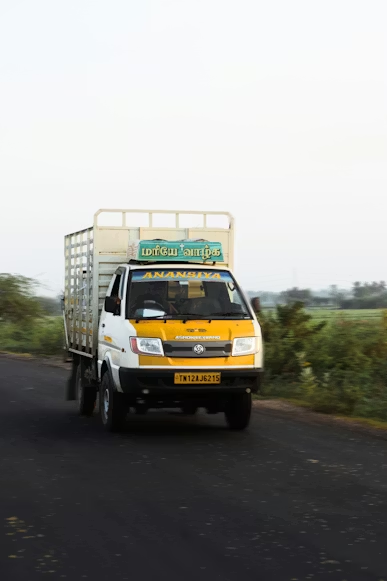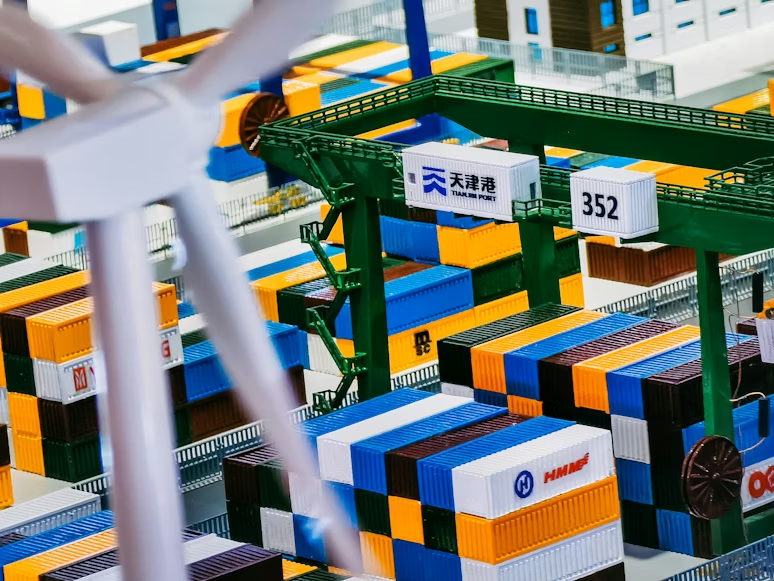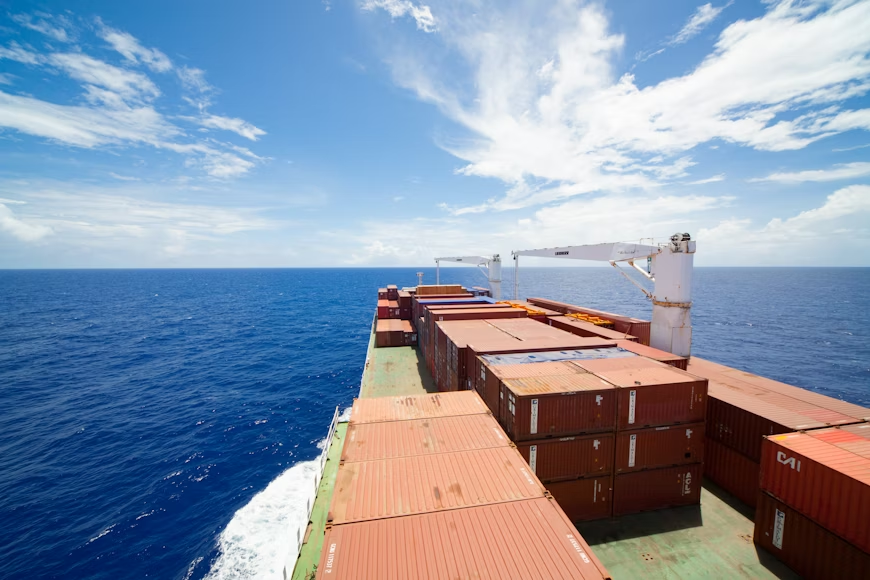India’s role as a leading global apparel sourcing destination has been strengthening, with a recent report from the US International Trade Commission (USITC) noting political stability as a key factor drawing US buyers. As global garment supply chains become more complex, India’s ability to offer reliable production timelines and manage risks associated with political instability makes it an attractive option for apparel sourcing.
Over the last decade, India’s share of US apparel imports has steadily grown from 4% in 2013 to 5.8% in 2023. This upward trend highlights India’s increasing competitiveness in the high-value apparel sector, particularly as US buyers diversify their sourcing strategies away from China. In 2023, India’s apparel exports to the US reached USD 4.6 billion, positioning the country as the fourth-largest supplier to the US market.
The growth in India’s apparel exports signals rising confidence in its garment manufacturing sector. Political stability has played a crucial role in this growth, as disruptions from political unrest in other regions, such as Bangladesh, often lead to strikes and delays. India’s stable political environment has made it a reliable option for high-value, time-sensitive apparel orders, particularly in the fashion sector where quality, timely delivery, and dependable logistics are essential.
Several factors contribute to India’s competitiveness in the global apparel market. One key factor is the vertical integration of its textile industry, which covers all stages of production from cotton farming to garment manufacturing. This self-sufficiency reduces dependency on external suppliers and enhances production control. Additionally, India’s large, skilled labor force is a major advantage, especially in producing high-quality garments that require detailed stitching and customization.
Government initiatives, such as the Production Linked Incentive (PLI) Scheme, have supported investment in domestic manufacturing, technology, and innovation, helping Indian manufacturers expand their production capacity and meet growing international demand. India’s focus on cotton-based garments also aligns with its strengths in cotton production, giving it a competitive edge in this segment of the US apparel market.
Comparative analyses from the USITC report place India alongside other major apparel suppliers, including Vietnam, Bangladesh, Indonesia, and Pakistan. While Vietnam holds a 17.8% share of the US apparel import market, it faces challenges such as rising labor costs. Bangladesh benefits from low labor costs and duty-free access to the US but struggles with political instability. India’s advantages lie in its vertical integration, skilled workforce, and government support, although it faces challenges like rising labor costs and infrastructure limitations.
As India continues to address challenges in labor productivity, fiber diversification, and infrastructure, its apparel industry remains well-positioned for further growth in the US market. With its emphasis on reliability, quality production, and political stability, India is emerging as a dependable partner for US buyers in the global apparel industry.
Get the latest supply chain logistics news updates at The Supply Chain Report. Visit ADAMftd.com for free tools related to international trade.
#GlobalApparel #ApparelExports #IndiaSourcing #TradePolicy #TextileManufacturing

















